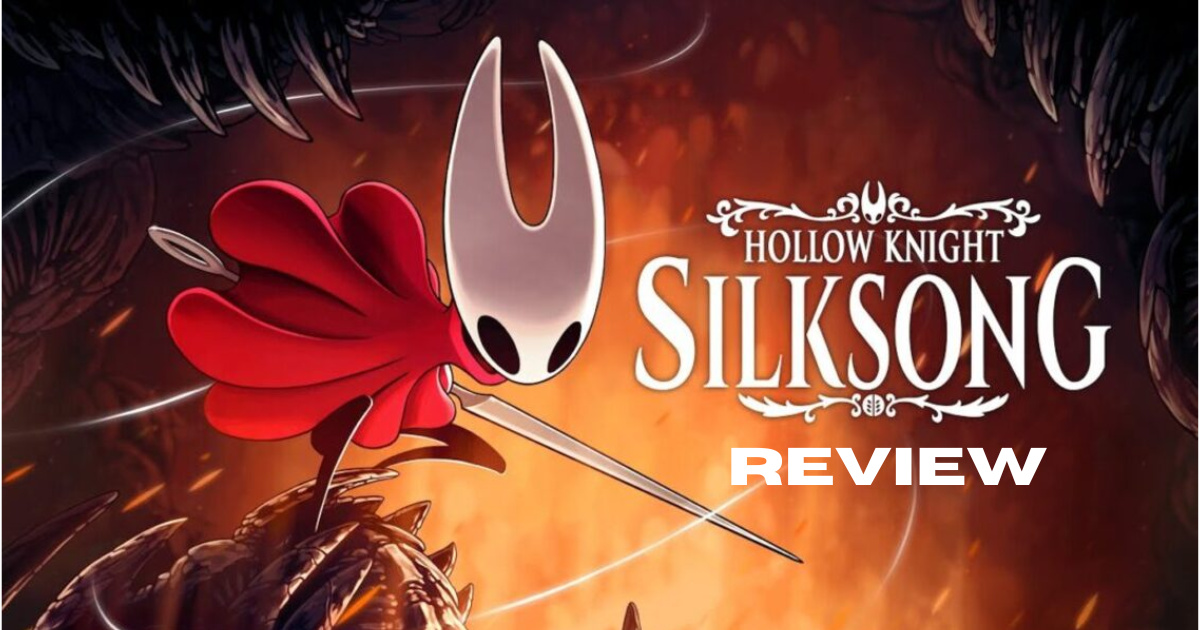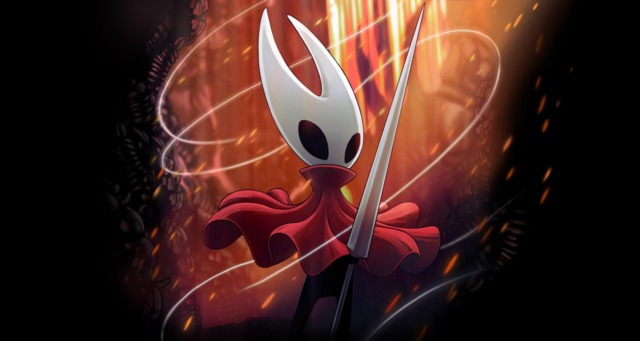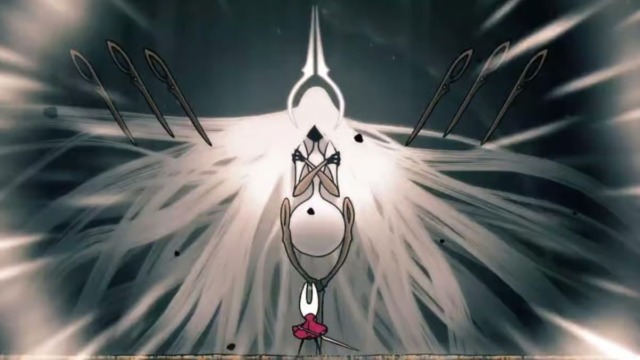Game Review: ‘Hollow Knight: Silksong’ Is An Impressive and Challenging Sequel

The first Hollow Knight game earned its place as one of the most exciting games not produced by a multibillion-dollar studio simply by connecting exciting combat with a world that felt too good to be true. A sequel to Hollow Knight had to be more than another upgrade. It needed to create a new identity while respecting the legacy. Now that Hollow Knight: Silksong is finally out, I’ve spent many hours checking it out.
It’s a more difficult game than the previous one, especially early on, but it’s good. Silksong encourages you to develop new habits and cultivate your own unique play style, especially when you have to explore the world and defeat bosses with different, unexpected mechanics.
[Warning: Spoilers from Hollow Knight: Silksong are below]
Hollow Knight: Silksong: the story
Silksong opens with the warrior Hornet being captured and transported to Pharloom, a mysterious and distant kingdom. The game doesn’t waste time explaining so much as it throws you into the action. You break free from the transport, crash through places, and land in Moss Grotto to start your journey. Each biome is unique and represents certain aspects of the kingdom’s culture. For example, Moss Grotto is green and gives us the sense of people who live there but are still focused on nature and stagnation.
Immediately, we get to feel the heat of action and fight. Along the way, we get to meet various characters like cartographers, merchants, and storytellers who help us. Silksong focuses more on letting you explore the story and the world rather than forcing the exploration and explanation. Side quests really help to explore more of the local dramas, conflicts, and hunts that let you find out more about Pharloom’s culture.
Characters you meet along the way make that impression better without breaking the silence. Pilgrims, villagers, and other characters mumble about bells that no longer sing, hunters speak of silk weaving life and death, and Shakra’s maps become more than a utility or some random item that you won’t use. They’re proof that someone is still trying to make sense of this fractured place. Each confrontation is a reminder that Hornet isn’t trying to achieve the impossible for nothing. This journey is a necessity to disrupt certain existing hierarchies and wrong ambitions, to save the world.

By the time you reach the Citadel, the plot slows down and feels like the background is expanded to focus more on the conflict and what it does to everything around us. The Grand Mother Silk, who is one of the main bosses, is not only a final obstacle but also a living embodiment of Pharloom’s boundaries. By fighting it, we get to “learn” by ourselves about creation, the source of life, the past of the existing kingdoms, and corruption. And if you go deeper into Act III, the story explores the stakes even further by pulling in echoes of the past and the legacy that comes with it.
The entire story is important, and each stage, character, conversation, and fight matters. To keep the flow of the story and not make players bored, the story is the least important part of Hollow Knight: Silksong. Mainly because the important one is the gameplay.
Gameplay, bosses, and comparisons to the first game
Hollow Knight: Silksong is a game built on huge expectations. If you decided to play the previous game and immediately jump into Silksong, don’t worry. There aren’t that many changes to the mechanics, as the basic things like your precise jumps, air control, invincibility, and others are still there. This time, our warrior is faster, more skilled, and more aerial, which is needed especially in tighter spaces when we have to dodge quickly. The basic attacks are strong and have decent power. The reach and hitboxes are also very helpful during certain fights.
The result presents itself whenever combat pushes you to press further, smoothly change positions, and have perfect timing. Sometimes it’s addictive and really punishing whenever you decide to fight one enemy for hours after you are defeated. The early hours especially, with the first boss’s demand for you to focus on the momentum and dodges or suffer from being defeated over and over again.
Loadouts themselves are considered to be certain builds to help you with fights and gameplay. They are often handled through “crests” and gear, like charms or skills that help you fit into Hornet’s fighting style. Crests modify your attacks/weapons, mobility, fighting styles, or the way your tools are equipped. They encourage you to change and try to build different builds to find the best way to defeat bosses. There’s a difference between a kit that enhances aerial combat/movement and one that bulks you up to better sustain attacks from some bosses. What’s most important is that your experimentations won’t cost you much, and the reward for defeating the boss is worth it.

In my opinion, the best thing about Hollow Knight: Silksong is the roster of bosses. Silksong throws more of them at you and introduces them way earlier than in the previous game. They’re tough, readable, and often built around a short lore story, but each one is as unique as they come. Early standouts like Moorwing teach you to respect new encounters and to find patterns in every battle.
I loved how many fights reward you for controlling yourself and not deciding to mash different buttons. You often win not by dodging, escaping, or fleeing, but by understanding when to use the exploits you found out about from the fighting patterns of your enemies. Silksong lets skill and knowledge both be important parts of the gameplay, no matter what. To defeat the bosses, you must have patience and learn. You can’t simply go and expect to fight a boss by doing random things.
Silksong isn’t just a copy of the previous Hollow Knight game. It’s a sequel that understands why the original worked and then uses that knowledge to upgrade every system to fit a new game.
Final thoughts on Hollow Knight: Silksong
Hollow Knight: Silksong is the rare example of a game sequel that justifies a cultural obsession and a long wait for the title. The boss roster is large and impressive, exploration has that certain aspect that just brings you back each time, and the music supports our journey and momentum every time. It’s a harder game than the previous one, yes, but it pays off. It simply insists that you focus, spare some time, and learn its mechanics, and when you do, the game rewards you for doing so.
My rating for this game: 4.5/5
What matters most is that Hollow Knight: Silksong has its own agenda, and it is to satisfy players and tell them this is the game they deserve. Coming back to Hallownest after a long time feels great. Team Cherry has delivered a sequel that respects your time, challenges you, and rewards you for every “test” you pass. If you loved the first Hollow Knight, you’ll find a lot to enjoy in this sequel.
Also check out Game Review: Sonic Racing: CrossWorlds is Chaotic Karting Fun


